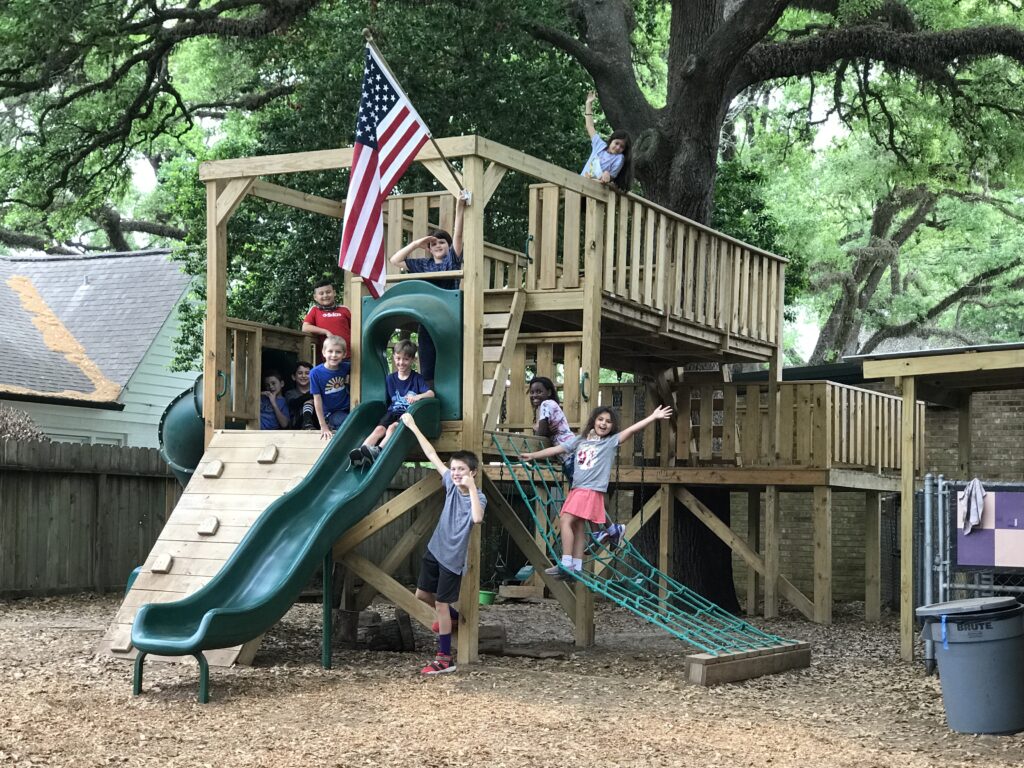
Most Americans agree that:
- Kids today don’t play outside the way they used to, and
- Kids today are too fat. (So are most adults, for that matter.)
So why aren’t more people doing something about this double phenomenon? We know all the rationales: There’s homework/chores/television to finish first. It’s not safe for children to be outside alone. And while adults rationalize, “indoor kids” continue to miss active-learning opportunities and health benefits.
If we want what’s best for our children, let’s get proactive about their recommended daily allowance of fresh air and sunshine.
Understand the Low-Energy Problem
Finding the will to go outside is a Catch-22 for many people: they’re “too tired” to do anything active, but the less active they are, the more chronically tired they become. The only solution is to force oneself to get out anyway. The good news is that after the first few times, the desire to go out begins increasing—especially for those with the wisdom to pick outdoor activities they really enjoy.
Fortunately, most children either are less than fully indoctrinated to the idea that screen-dominated inside life is normal, or are still adequately resilient and energetic to quickly unlearn that idea. Since there’s no motivator like accountability—and no accountability like that involving a disappointed child—an ideal first step toward renewing everyone’s active energy is to promise your kids a daily half-hour outing to their favorite playground/swimming pool/Little Free Library.
Take the Right Precautions
Of course, you probably won’t be able to go out with your children every time. Which can present safety problems—or legal problems if you unwittingly violate child-supervision statutes. A fenced yard, or even a balcony, helps. If kids want to go farther afield:
- Check current danger statistics (and laws) for your area.
- Instruct your children to always tell you before going outside or accepting an invitation. Don’t dwell on frightening possibilities, but emphasize the benefits of being quickly locatable.
- Have clear rules on neighborhood boundaries and off-limits areas.
- Teach your children their household contact information and how to find trustworthy help in an emergency.
- Encourage them to play with other kids, which has social and health as well as safety benefits.
- If you have a dog, offer the kids the job of walking it. Besides making outings more fun, dogs have a guaranteed deterrent effect on potential troublemakers.
- Leave room for initiative: if too thoroughly protected, children won’t develop skills and confidence to deal with real trouble.
Building Better Routines
Here are some additional ideas for getting outdoor time into daily schedules.
- Encourage everyone to develop outdoor-based interests (golf, nature-watching, gardening, etc.).
- Travel by foot or bicycle for short errands.
- Remember that all outdoor activities needn’t be high-energy. Plan picnic-style meals and “reading under a tree” family hours.
- If the weather is nasty, reap outdoor-air benefits by briefly stepping onto the porch or opening windows.
Note to Teachers
Besides taking advantage of recess, show students the value of outdoor time by:
- Decorating your classroom with native plants and outdoor photos.
- Rather than scolding students for staring out the window, incorporating outside vistas into lessons. (Invite the kids to brainstorm ideas.)
- Working outdoor-time benefits into lesson curricula.
- Sharing your own outdoor experiences, and inviting students to do the same.
OUTDOOR PLAY TIME GUARANTEED
At Shady Oak Primary School, we believe wholeheartedly in the value of outdoor time and play-based learning. If you don’t feel your children have adequate activity in their days, try our balanced educational program and see if health, energy levels, and academic performance don’t improve. Contact us with your questions!
Blessings to parents and children of all ages!


